Did you know that 75% of American teens don't feel confident about their personal finance knowledge?

It's not surprising since personal finance isn't a required course for many students. Only half of American states require a personal finance course before graduating high school.
Surprising and scary, right? Studies have shown that students who are "financially literate make better personal finance decisions." That's why it's important for personal finance courses to be taught in school.
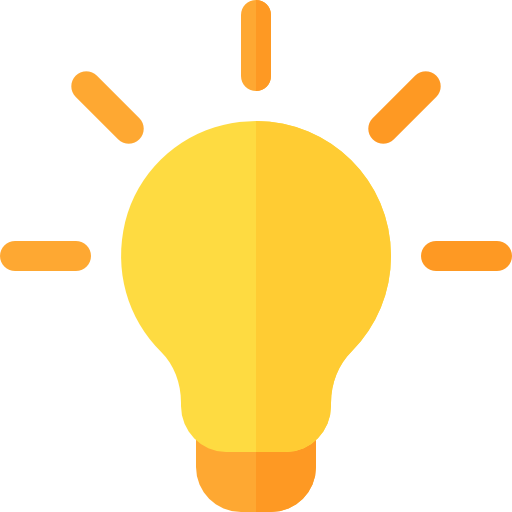
If you're planning to teach a personal finance course, but need help in developing the course, you can:
Determine what you want them to learn
Pay attention to your audience
Use games to reinforce lessons
Make it applicable to your students
What Do They Need to Know?
The first step in creating a course on financial literacy for teens is to decide what you want them to learn. For this, you need to consult your state or province's education department to determine if a set curriculum has already been established.
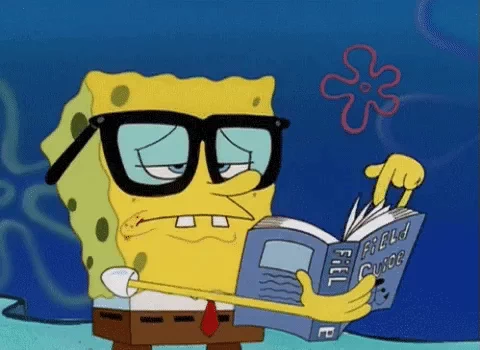
If your locality has one, you can create your course around this to hone in on what your students should learn.
If your state doesn't have one, you'll need to consider what you want your students to learn. Are there certain concepts that you want them to take away at the end of the class?
Understanding a contract
Taxes
Who's Your Audience?
Personal finance can be an overwhelming topic for students.For many, this will be the first time they learn about budgeting, taxes, investing, interest rates, etc. It can be difficult for them to stay focused, so make sure your content applies to students, so they understand why it's important.

Are you teaching middle school students? Consider starting with the basics, such as:
Needs, wants, goals
Basics of banking (checking and savings accounts)
Budgeting
Basics of credit
Avoiding scams/digital citizenship
These concepts can be broken down and presented in a way that applies to them so they understand why it's relevant.
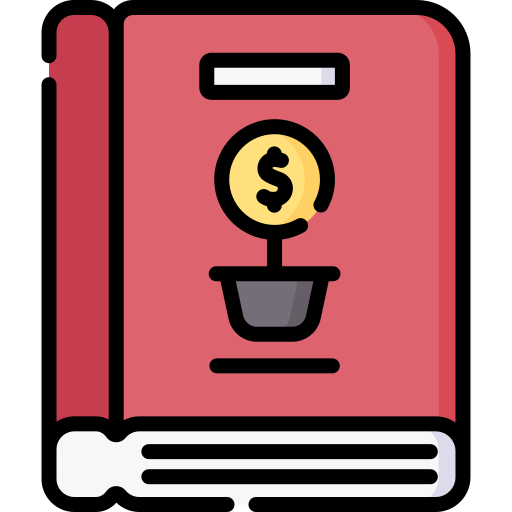
Are you teaching high school students? If your students have never taken a personal finance class, you can incorporate what middle school students would learn and go into more detail by using real data, such as having students use salaries and actual rents/utilities to determine a budget.
Consider the following:
Taxes
Loans (credit, auto, student, home)
Budgeting using real data
Insurance
Quiz
Eric wants to teach his 7th graders about personal finance. Why should he include digital citizenship in a class about personal finance? Choose all that apply:
Gamify Your Lessons
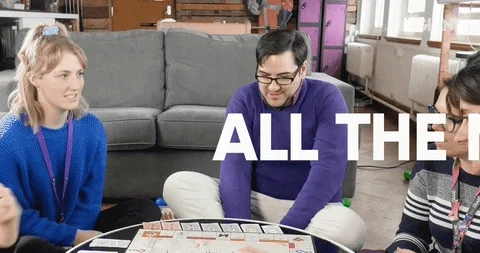
Games can be a great tool to use in your classroom. Studies have shown that games can help "increase student participation, foster social-emotional learning, and motivate students to take risks."
However, don't think you'll be playing Monopoly in your classes all day. When you decide to add games to classes, make sure they're "relevant to learning objectives."
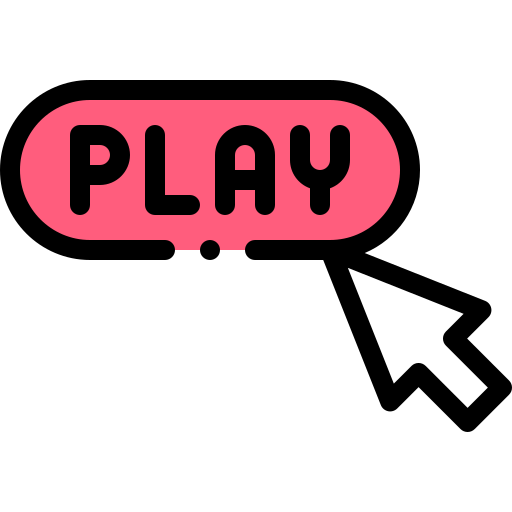
One example of a game that could be used in class is called Stax. It teaches students about different ways to invest (savings, CDs, bonds, stocks, index funds, gold) over 20 years. They can compete against the computer or each other.
Watch the video below of a teacher walking through a part of the game:
You can find more educational finance games at:
Next Gen Personal Finance Arcade (features games for 6-12)
Fitzsimons Credit Union (features games for K-12)
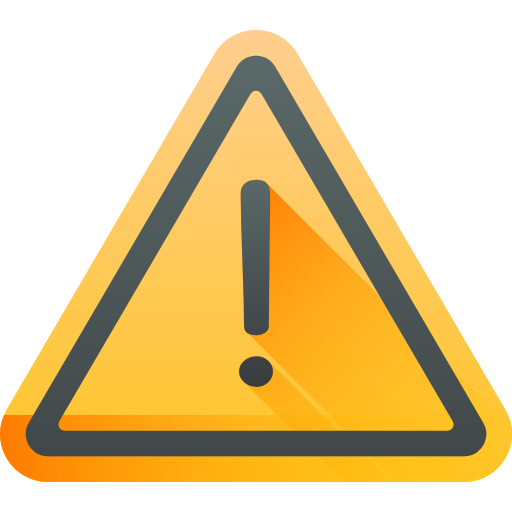
If you decide to incorporate games, keep two things in mind for your lessons:
Games should be age-appropriate.
Make sure that your students have access to the games on their devices before you begin the lesson.
If you need further assistance, try this Byte on how financial literacy helps high school students learn about money.
How Can You Make It Real?
The last thing to do in preparing to teach personal finance to middle and high school students is to make it real for them by creating projects. By applying real-world examples, "students understand why they are learning is useful beyond the walls of their classroom".
A personal finance course is the perfect place to give real-world scenarios to students for them to work out.
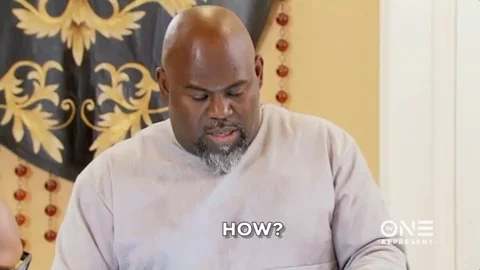
You can assign real-world scenarios for the duration of the course or you can save it for a final project so students can apply and demonstrate what they've learned in class.

Project Examples
Classroom economy: Students receive salaries for jobs they perform in the classroom. They have bills to pay in the classroom and can spend the money in a store with incentives decided on by the teacher. It can also be used to help with classroom management. This can be used throughout the entire course and can be adapted based on grade levels.

Career and budget planning: Students choose or are assigned jobs by the instructor. Students are responsible for determining their salary and creating a realistic budget that includes housing, transportation, utilities, groceries, savings, etc. This could serve as a final project.
Quiz
Eric is trying to tell his principal the benefits of implementing a classroom economy. Which of the following would help his argument? Choose all that apply:
Take Action
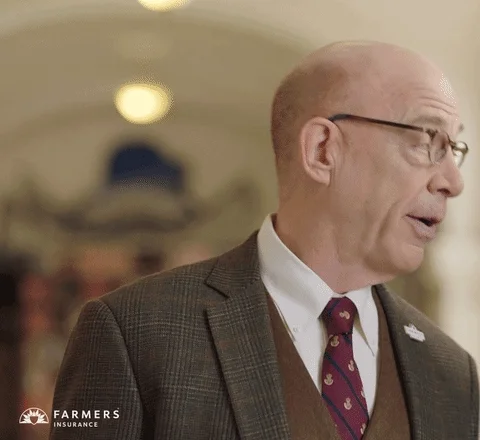
Now, that you know how to create a course to teach personal financial literacy for teens, take these next steps:
Your feedback matters to us.
This Byte helped me better understand the topic.
